Colorful Stories from Singapore’s Public Housing
Singapore’s public housing system is full of stories that highlight resilience, creativity, and the strength of community life. What started on limited land has grown into a model praised by many around the world. It stands as an example for other countries with dense populations and space constraints. But beyond housing structures, what truly shines is how these developments have shaped strong bonds and meaningful cultures among residents.
Why This Topic Matters
Urban living often means tight spaces and rising housing demand. In many places, affordable homes in a safe and comfortable setting are hard to come by. Singapore became known for how it tackled this issue with thoughtful planning and bold decisions. Before these efforts took shape, housing was unstable and unfit for the region’s wet climate.
The Housing & Development Board (HDB) focused on designs that support all income levels. Even on small plots of land, the approach proved to work. When housing is planned carefully, it opens doors for better work opportunities, encourages entrepreneurship, and helps communities grow closer. From a global perspective, it’s a working example of how proper planning and citizen well-being can go hand in hand.
Setting the Foundation and Inspiring Others
From the start, quality was a major focus. During the 1960s and 70s, the goal was to provide basic homes quickly. Over time, modern designs were introduced—bright windows, better airflow, and safer surroundings became the norm.
Many urban planners around the globe began observing Singapore’s success. Though culture and climate differ, the core idea remains the same: everyone deserves a safe place to live. The planning goes beyond just putting up buildings. It involves land use, support systems, and the inclusion of facilities like playgrounds and activity halls.
Some countries lack the same financial resources, but that hasn’t stopped them from learning from Singapore. Careful budgeting, long-term goals, and government collaboration have helped spread these ideas across borders. It’s not just about structure—it’s about breathing life into communities.
Community Growth and Neighborly Bonds
In big cities, people often keep to themselves. Singapore’s housing designs break that barrier. Shared areas like rooftop gardens and community halls encourage interaction. Many residents recall getting to know their neighbors through cooking contests, group events, or simply chatting in open corridors.
A memorable example comes from a group of friends who lived on the same HDB block. They hosted a mini cooking challenge, turning their floor into a lively corner filled with laughter and great food. Their kids grew up playing together in common hallways, forming lifelong bonds.
For those looking in from abroad, this kind of neighborhood warmth may seem rare. But in public housing here, it’s a core value. When people connect, it becomes easier to organize festivals, support local sellers, and build a united community spirit.
Shifting Designs, Fresh Appeal
At first, flats followed uniform layouts. As time passed, newer developments introduced more variety—spacious rooms, better facilities, and vibrant colors. While outsiders might imagine blocks of dull, tall buildings, many areas today feature playgrounds, shops, and gyms. Some blocks are even decorated with bright murals or surrounded by green spaces.
A number of HDB estates are located near schools, food centers, and markets, blending convenience with comfort. This approach shows that budget-friendly homes don’t need to feel cramped or dull.
In some countries, public housing is often linked to neglect or poor upkeep. But Singapore proves that with solid planning and investment, it can be a place of pride. By creating cozy, thoughtful spaces, emotional and physical well-being are given the same importance as affordability.
Everyday Stories That Add Meaning
There’s power in the small, everyday tales. One couple lived in their flat for three decades. They often shared how fixing up their home together became a source of joy. That space witnessed their children grow and countless visits from friends and relatives.
Another story comes from a family who moved from abroad. At first, they feared they’d feel unwelcome. Instead, they found kindness on every floor—neighbors who guided them through local customs and invited them to celebrations.
Such stories highlight how shared living doesn’t have to be cold or distant. Even with language or cultural differences, open spaces and helpful neighbors can ease challenges. These stories remind us that a happy home is more about community than size.
Boosting Local Economies from Within
Public housing doesn’t only support residents—it also helps small businesses thrive. With a strong local community, many have turned hobbies into businesses. People start by selling home-cooked meals to neighbors or launching small shops downstairs.
This has a ripple effect. Construction, maintenance, and other industries benefit as more homes are built and improved. Singapore’s efficient transport system also makes it easier for residents to move around, reducing daily costs and time spent commuting.
It even supports tourism in a quiet way. Curious visitors want to understand how this housing model works. Urban leaders and architects come to observe, hoping to adapt what works for their own cities.
A Global Perspective
Interest in Singapore’s housing model isn’t limited to Asia. Cities in the West face different but equally tough challenges: aging buildings, unequal services, and fragmented communities. Singapore’s methods offer a glimpse of what’s possible with consistent planning and community involvement.
Strict rules—like fines for littering—may seem harsh, but they reflect a shared responsibility for keeping neighborhoods clean and safe. That shared accountability becomes a habit that benefits everyone.
More than anything, the success lies in the collaboration between government, private builders, and everyday people. When those lines of communication stay open, even the smallest needs—from daycare centers to senior-friendly features—can be addressed meaningfully.
Facing Issues While Pushing Forward
Not every story is perfect. Some families now find it harder to afford units, especially younger couples. As the economy changes, building costs rise too. That puts pressure on both developers and buyers.
There are occasional concerns about wear and tear—cracks, leaks, or maintenance delays. These are usually addressed through ongoing checks and repair programs. But they do highlight the need for continued support and funding.
Residents also debate what kind of updates they want. Some push for more green space; others request facilities like clinics or learning centers. While not all ideas can be implemented immediately, what matters is that people feel heard and changes happen over time.
Smart Planning and Eco-Friendly Moves
Modern plans include more greenery and eco-conscious ideas. Solar panels, rooftop gardens, and better airflow are becoming more common. These upgrades help keep living spaces cooler, cleaner, and more enjoyable.
A few flats now use smart systems for lighting and climate control. It’s not widespread yet, but it shows how old and new designs can work together. The goal is to offer flexible options for all kinds of families and needs.
Making room for trees, clean paths, and community parks brings mental and physical health benefits. Whether it’s a quiet bench or a shaded walking trail, these touches turn buildings into inviting homes. The idea isn’t just to build—it’s to care for how people live every day.
Looking Ahead with a Clear Mind
Governments worldwide can take away key lessons from Singapore’s approach. First, decent housing is possible even in tight spaces. Second, vibrant communities don’t just happen—they’re built through trust, shared goals, and thoughtful design.
Places in Africa, Latin America, and the Middle East face their own challenges, like limited funding or political issues. Still, better planning and law enforcement can lead to change. Partnerships with private builders and open feedback from residents help bring those plans to life.
Each country’s culture also shapes how homes are owned or passed down. In Singapore, leases run for decades and some flats can be purchased. Whether this works elsewhere depends on local laws. But what’s universal is the need for stable, transparent policies.
A Final Reflection
Singapore’s public housing story is one of determination, problem-solving, and genuine care for people. If a small country with limited land can create such impact, other nations might just find their own way forward too.
There’s no set ending here—just a continuing story filled with voices from every block and floor. As long as people keep sharing their experiences, housing around the world can keep improving. At its heart, a home is more than walls—it’s about safety, dignity, and the power of community working together.
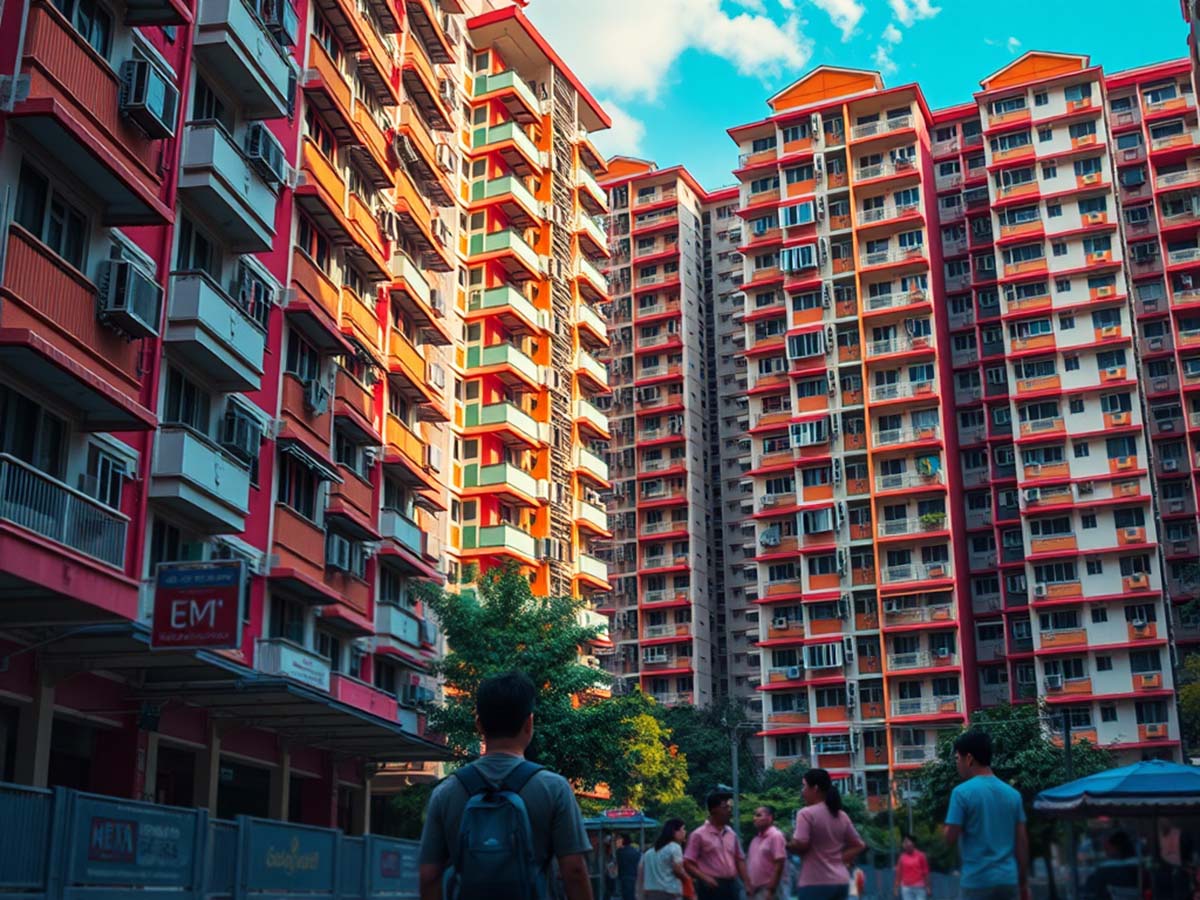


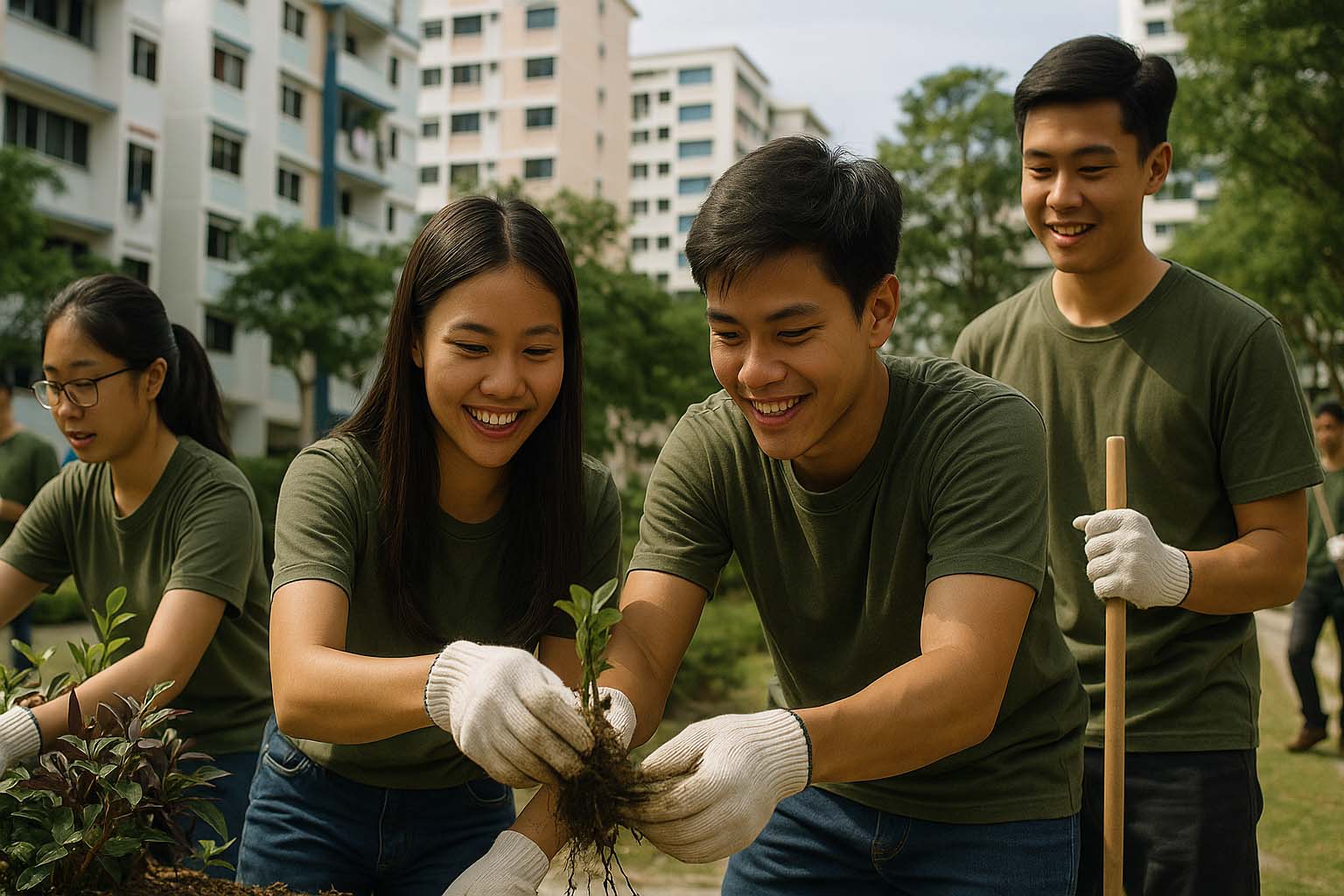
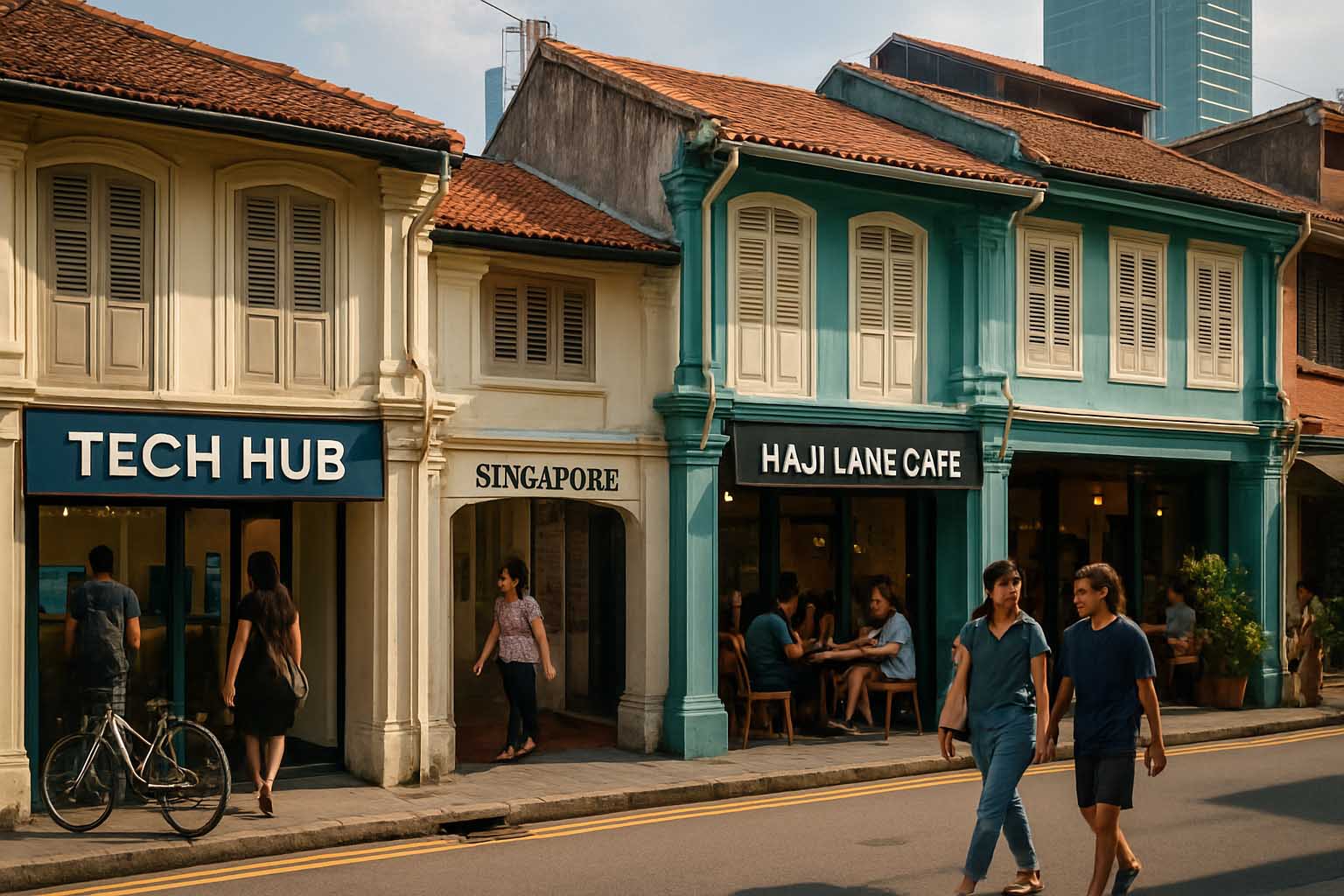
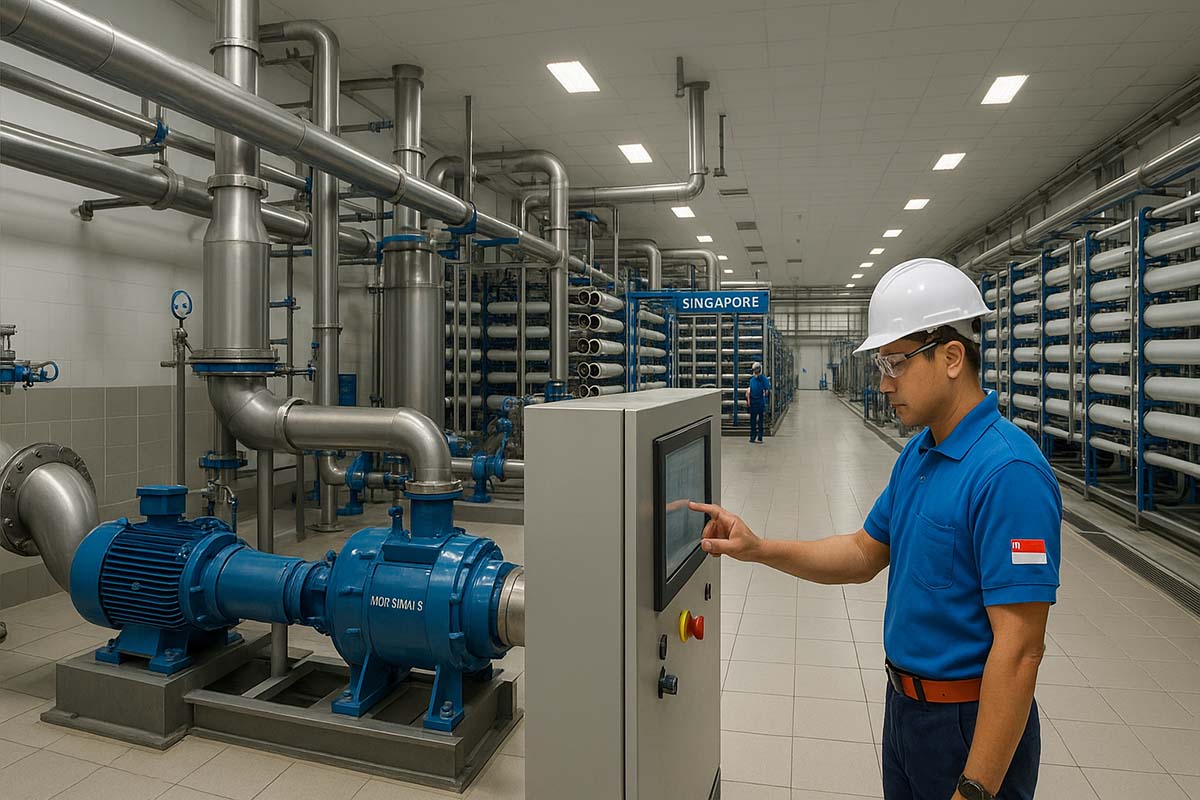
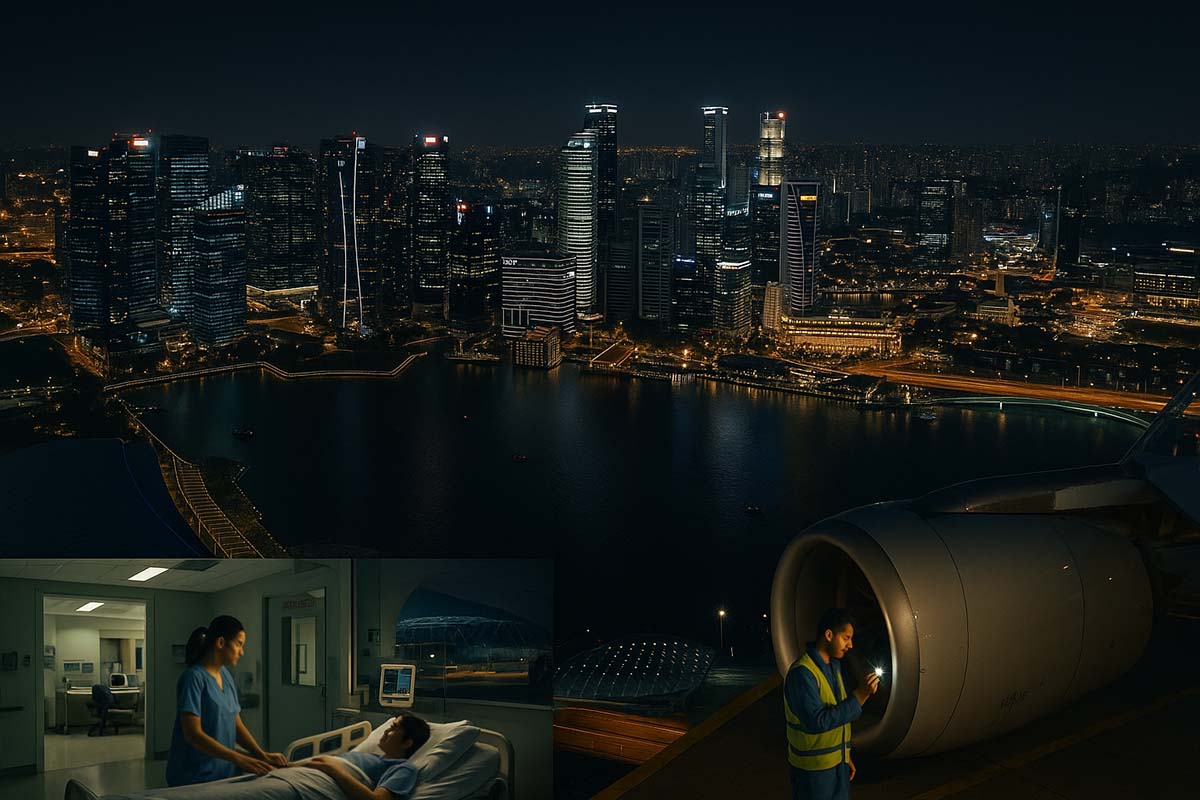


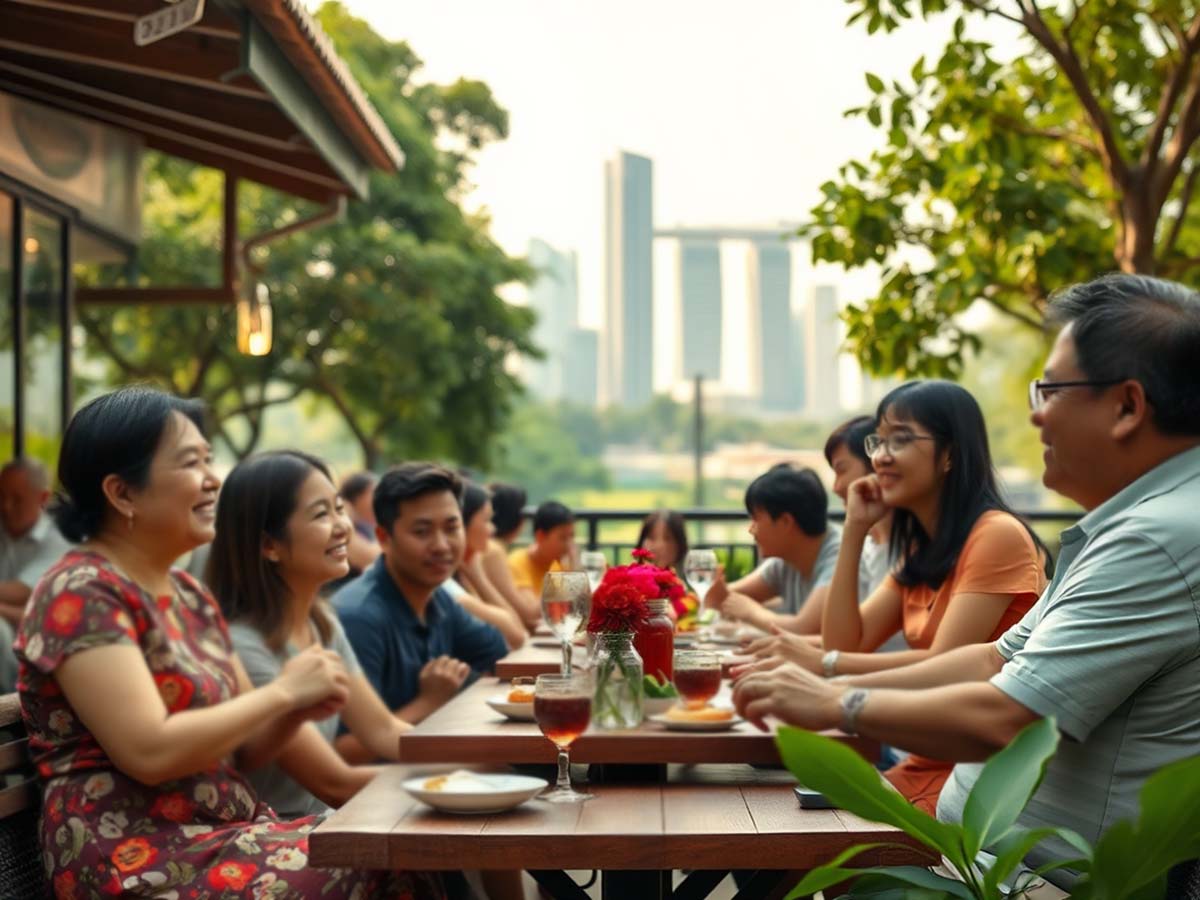
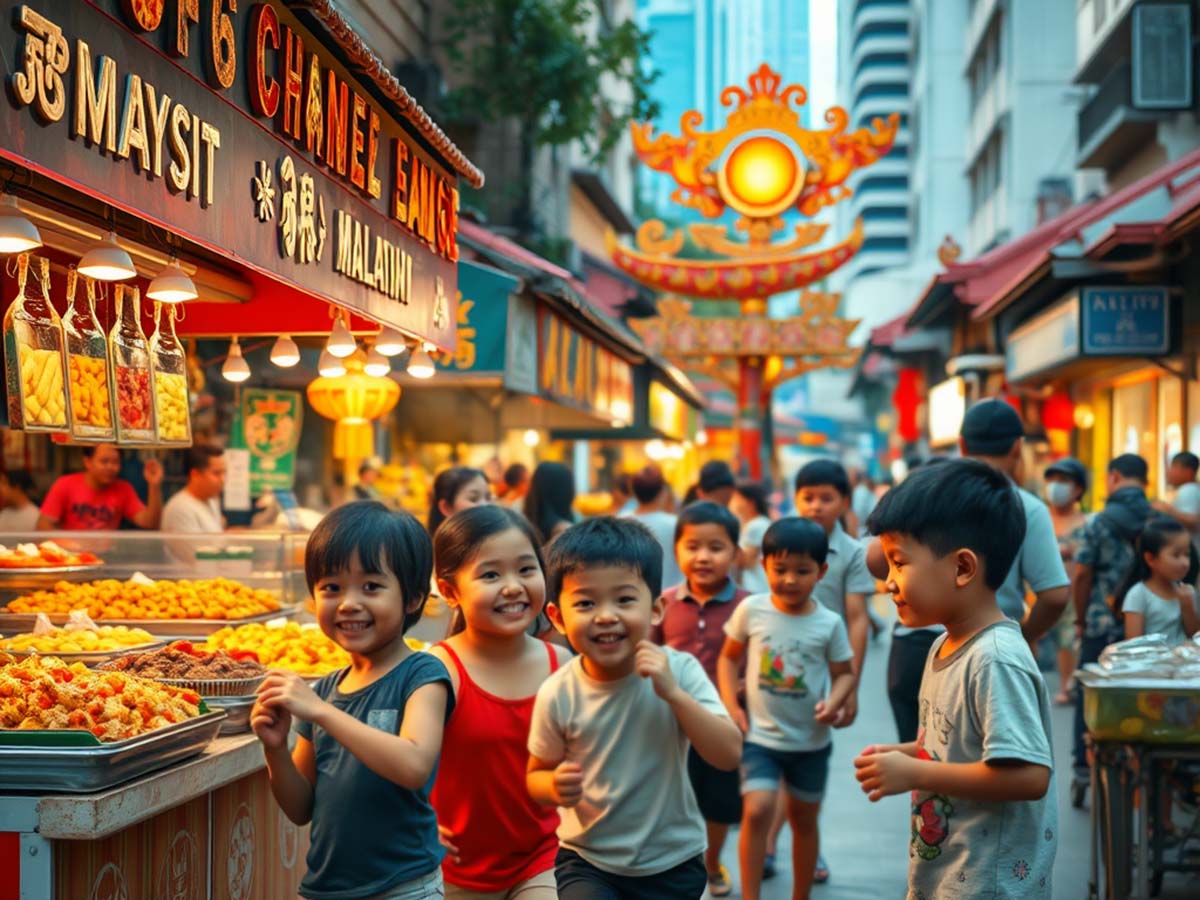



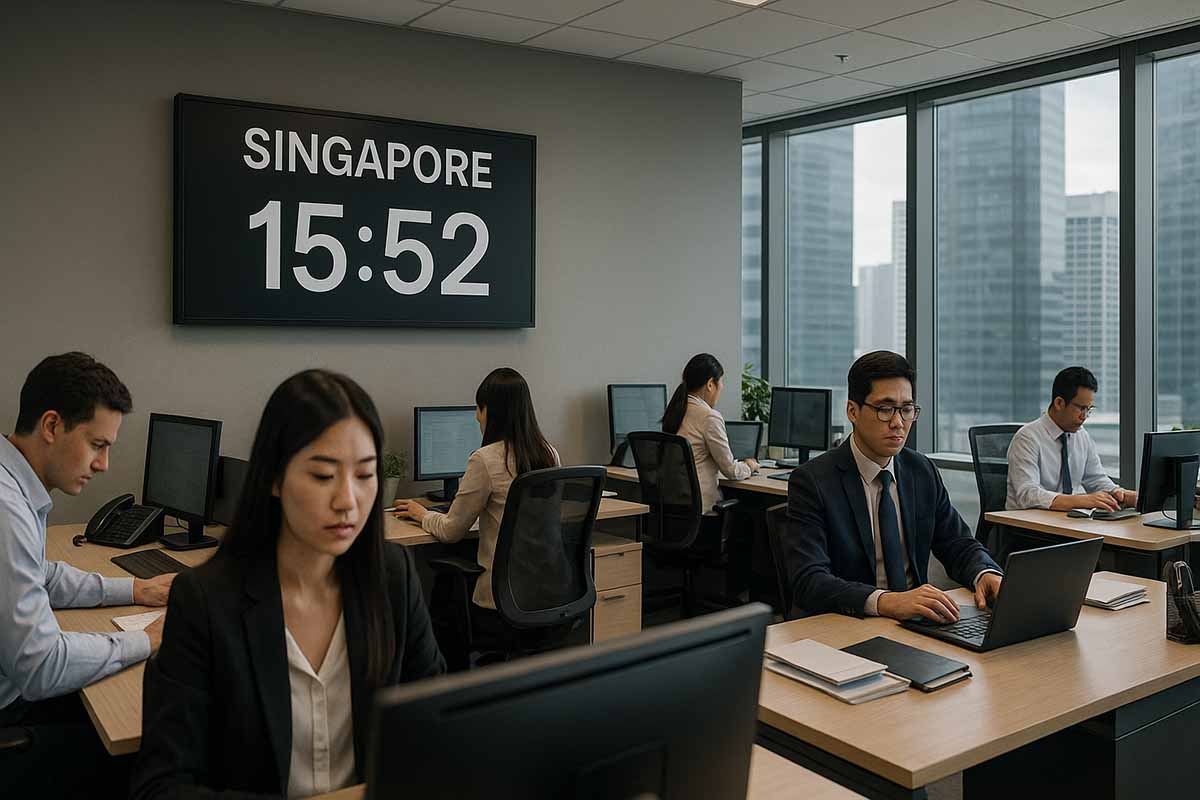
Leave a Reply